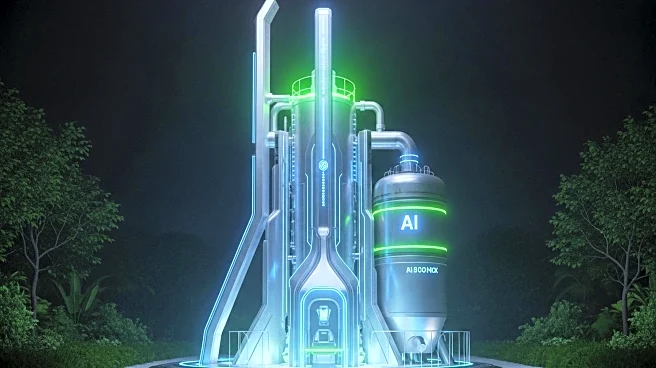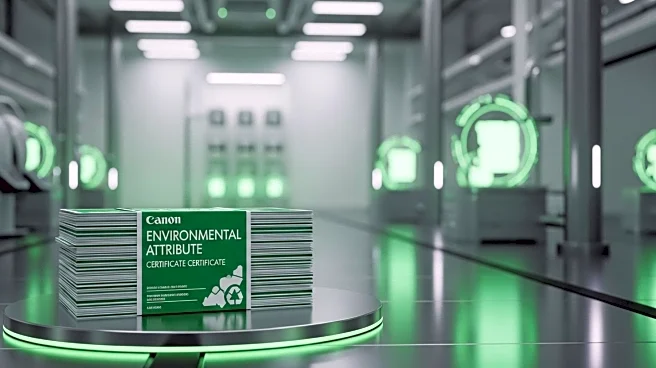What's Happening?
Biopharmaceutical companies are increasingly adopting sustainable practices to reduce their carbon footprint, aligning with global efforts to achieve net-zero emissions by 2050. The industry, known for its energy-intensive processes, is focusing on green chemistry solutions and renewable energy investments. Companies like AustinPx and MilliporeSigma are developing solvent-free technologies and biodegradable chemicals to minimize environmental impact. Additionally, firms are enhancing their supply chain sustainability by collaborating with suppliers to address indirect emissions, which constitute the majority of their carbon output.
Why It's Important?
The shift towards sustainability in the biopharma sector is crucial as it addresses the significant environmental impact of the industry. By reducing carbon emissions and waste, companies not only comply with regulatory demands but also meet the growing expectations of environmentally conscious consumers and partners. This transition can lead to cost savings and improved market competitiveness. Moreover, sustainable practices in biopharma can set a precedent for other industries, promoting a broader adoption of eco-friendly technologies and strategies.
What's Next?
Biopharma companies are expected to continue investing in sustainable technologies and practices. This includes further development of green chemistry solutions and renewable energy sources. As the industry progresses, collaboration with suppliers and stakeholders will be key to achieving comprehensive sustainability goals. Companies may also face increased scrutiny from regulatory bodies and consumers, driving further innovation and transparency in their environmental efforts.
Beyond the Headlines
The move towards sustainability in biopharma highlights the ethical responsibility of industries to mitigate their environmental impact. It also underscores the potential for innovation in creating eco-friendly solutions that do not compromise product efficacy. As companies navigate these changes, they may encounter challenges in balancing cost, efficiency, and environmental goals, necessitating strategic planning and investment.










